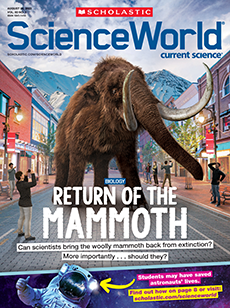On a cool September day in 1965, John Haas took his grandson Jim Bintliff, to a special spot. Bintliff, who was 9 years old at the time, helped load a shovel and an old metal camping kettle into his grandfather’s car, and they headed off. After a short ride, they parked and walked to an area along the Delaware River in southern New Jersey where Bintliff’s grandfather used to swim and fish with his friends as a kid.
The ground was waterlogged, and their feet squished in the mud. This sticky sludge was what they had come for. The two took turns shoveling the mud into the kettle until it was full to the brim. Then they latched the lid and carried their haul back to the car.
Bintliff’s grandfather had been gathering what he called “magic mud” from this secret place for about 30 years. He was in the business of selling it, mostly to one group of customers: professional baseball teams. It turns out this mud has been a game changer for the sport.
It was a cool September day in 1965. John Haas took his grandson, Jim Bintliff, to a special spot. Bintliff was 9 years old. He helped load a shovel and an old metal camping kettle into his grandfather’s car. Then they headed off. After a short ride, they parked and walked to an area along the Delaware River in southern New Jersey. When Bintliff’s grandfather was a kid, he used to swim and fish there with his friends.
The ground was soaked, and their feet sank in the mud. But this sticky muck was what they wanted. The two took turns shoveling the mud into the kettle until it was full. Then they latched the lid and carried it back to the car.
Bintliff’s grandfather called this “magic mud.” For about 30 years, he had been gathering it from this secret place. His business was to sell it, mostly to one group of customers. They were professional baseball teams. That’s because this mud has been a game changer for the sport.

